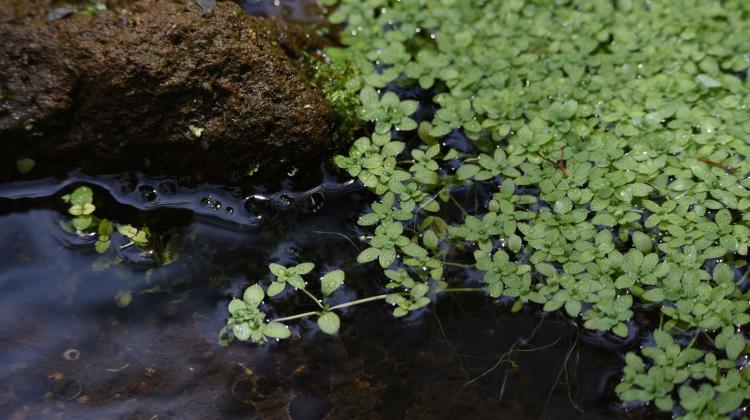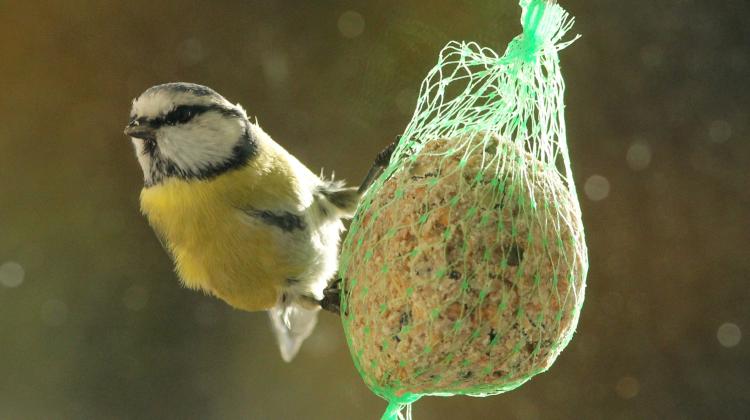Water plants to help remove toxins from wastewater
 Credit: Adobe Stock
Credit: Adobe Stock
A Kraków botanist says that wastewater treatment plants should use water starworts, a plant that grow in swamps and ponds, to remove toxins.
Dr. Joanna Augustynowicz from the University of Agriculture is developing a method of using aquatic plants for biological treatment of chromium-contaminated waters. According to the university, chromium (especially hexavalent chromium present in industrial wastewater) forms very toxic chemical compounds.
The strong oxidizing properties of chromium ions are used in Poland for the oxidation of alcohols and in the leather industry. As a result, chromium often penetrates into soil and water, for example near industrial plants. But it can be removed from the wastewater thanks to plants. Such methods are cheap, eliminate pollution at the site of contamination and do not cause secondary pollution.
Conventional environmental purification methods consist of reducing the hexavalent chromium form to a less toxic and less soluble trivalent molecule. A chromium-containing sediment is then formed. Compounds used to reduce the toxin create secondary contamination. All of this is deposited in hazardous waste dumps. Therefore, chromium does not disappear from the ecosystem, it only changes its form to a less bioavailable one.
The solution proposed by Dr. Augustynowicz will make it possible to recover chromium from the environment. Water starwort Callitriche sp. has such chromium accumulation properties. It is a water plant that grows in bottom silt. Some of its varieties are grown in aquariums and natural ponds. Others are used to assess environmental pollution as they are extremely sensitive and specifically react to certain pollutants.
Dr. Augustynowicz said: “The implementation of Callitriche sp. to purify water from chronic chromium contamination has a serious justification, due to the possibility of improving the health condition of the population living in the contaminated areas, both present and future generations.”
The botanist carried out her research project in cooperation with Alventa SA in Alwernia. In her opinion, the solution can be used in wetland treatment plants that process wastewater containing chromium both in Poland (for example Alventa SA in Alwernia, in Krakowskie Zakłady Garbarskie SA and in wastewater treatment plants in Podhale), as well as in other temperate climate zone countries.
Wetland wastewater treatment plants use biological processes involving aquatic or hydrophilic plants and bacteria. Treatment plant facilities, such as ponds or ground filters, are flooded with sewage. In soils saturated with water, there is limited access of oxygen from the atmosphere. Thus, anaerobic conditions are created. Oxygen flows to the extensive system of roots and rhizomes of plants inhabiting such soils thanks to the above-ground parts of these plants. Water starwort is a biological filter that enables the purification of water and wastewater from chromium compounds.
The research project was awarded a gold medal by the International Warsaw Invention Show IWIS organized by the Warsaw University of Technology in 2019.
PAP - Science in Poland
kol/ zan/ kap/
tr. RL
Przed dodaniem komentarza prosimy o zapoznanie z Regulaminem forum serwisu Nauka w Polsce.



















